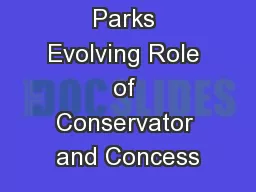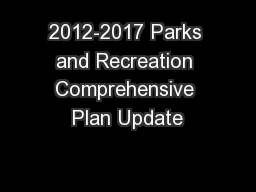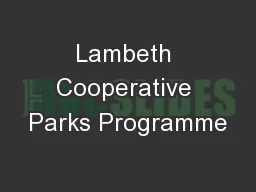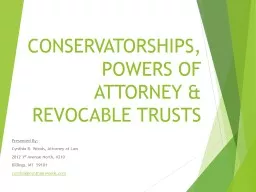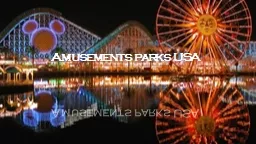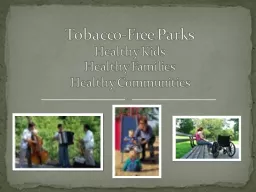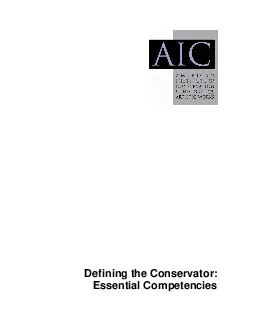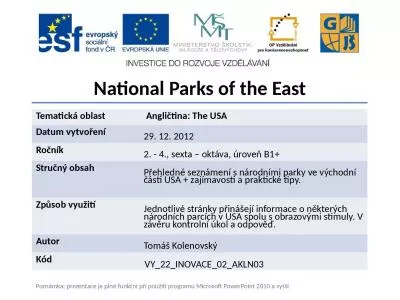PPT-The National Parks Evolving Role of Conservator and Concess
Author : tatyana-admore | Published Date : 2015-11-13
The idea of a National Park Until the late 19 th century the concepts of a public park revolved around a pleasure garden Vauxhall Gardens was a pleasure garden
Presentation Embed Code
Download Presentation
Download Presentation The PPT/PDF document "The National Parks Evolving Role of Cons..." is the property of its rightful owner. Permission is granted to download and print the materials on this website for personal, non-commercial use only, and to display it on your personal computer provided you do not modify the materials and that you retain all copyright notices contained in the materials. By downloading content from our website, you accept the terms of this agreement.
The National Parks Evolving Role of Conservator and Concess: Transcript
Download Rules Of Document
"The National Parks Evolving Role of Conservator and Concess"The content belongs to its owner. You may download and print it for personal use, without modification, and keep all copyright notices. By downloading, you agree to these terms.
Related Documents

